Color theory in weaving is initially pretty similar to color theory in any other art form. That being said, you may not have learned it if you didn’t go to an art school.
No worries!
There really is a lot to color theory so I want to go over some of the most important aspects that can affect your weaving.
This page may contain affiliate links. If you purchase something through these links then I will receive a small commission – at no extra cost to you! Please read our DISCLAIMER for more info. Thanks for the support!
What is color theory?
While it isn’t made specifically for weavers, I always refer to my Understanding Color textbook from school (that link is the newer edition.) This book includes some of the science behind why we see colors the way we do and where these color theories initially came from. You can skip those, though, if you are only interested in the colors themselves.
Another book you could look into that is more weaving oriented is Inventive Weaving on a Little Loom by Syne Mitchell. While this is a book on weaving with a rigid heddle loom, it does have a separate chapter on color theory that is good to look at and reference.
Primary, secondary, and intermediate
Primary colors are the three colors that all other colors can be made from. You might remember this from elementary school. All colors stem from the many possible combinations of red, blue, and yellow.
Secondary colors make up the other three main colors. They are made by combining any two of the primary colors together. These colors are orange (red and yellow), violet (blue and red), and green (yellow and blue).
Intermediate colors happen when you start combining a secondary and primary color. Red-orange, yellow-orange, red-violet, blue-violet, blue-green, and yellow-green are all intermediate colors.
The color wheel
These three color categories (primary, secondary, and intermediate) are what create the color wheel.
A physical color wheel can be a really useful tool to start out with when you are using more than one color. Having an inexpensive color wheel in your studio helps to take some of the guesswork out of choosing colors that will work well together. The one pictured above is the one that I use and I like it because it rotates to show different color combinations while blocking out the other colors. It also has a front and back that shows either tints or shades.
Another category to consider are complimentary colors.
Complimentary colors are colors that complement each other!
Looking on a color wheel, these are the colors that lay directly across from each other. Blue and orange are complementary, so are violet and yellow, and red and green.
This also works for any of your intermediate colors. Try using yellow-orange and blue-violet together to make your colors pop.
Cool and warm colors
Colors have a temperature.
Warm colors: Red, yellow, orange
Cool color: Blue, violet, green
That being said you can have a cool red if it contains some blue or a warm blue if it contains some yellow. These things are sometimes only really easy to see when placed next to another red or blue to compare it to. The temperature of your colors affects how they interact with other colors and how you perceive them. More on that below.
Simultaneous contrast
This is a pretty cool ( and interesting) phenomenon that occurs when you pair a neutral color with a primary or secondary color. When this happens and when other colors aren’t present, the neutral color can “take on” the appearance of the other color’s complement. For example: if you have a blue square and add a smaller grey square in the middle, that grey square will take on a slight orange appearance.
Complementary contrast, on the other hand, occurs when you have two colors that have any amount of complementary relationship next to each other and they change visually. When you have a red-violet next to orange it will appear more violet, but next to a red it will appear redder.
Basically, colors are affected by the colors that are around them.
Value and hue
Hue is the name of the color – think blue, green, or yellow. Value is the amount of light or dark in the color.
If it is a light value then it is closer to white; a dark value is closer to black. That doesn’t necessarily mean that they contain those colors though. This just means that if you translated your hue into a greyscale then it will lean towards either end of the spectrum. (More on that soon)
What does this mean for weaving?
While all of these aspects of color theory can be applied to your weaving, there is also an extra aspect that you will have to consider when it comes to making your weaving. This is because of the way that the different colored yarns will inherently interact with each other.
This is especially true when you are weaving anything other than weft-faced weavings. Since weft-faced weavings don’t show any warp, you don’t have to worry about the way the color of your warp visually mixes with the color of your weft. You only have to worry about the way your weft color interacts with the other weft colors.
In plain weave and other patterns, the way that your warp and weft colors interact is crucial. Two colors in plain weave will also visually behave differently than two colors in a twill. That’s because in a twill you will see more of one color than the other. A plain weave has the potential to look a little muddled depending on the colors you choose. In this case, you can think of your weaving sort of like pointillism. In pointillism, your paint is applied in small dots or areas of color instead of mixed together. Your mind actually mixes the colors together to make an image.
If you are weaving a pattern, colors of contrasting values will show your pattern better. It could get lost if the values are too close. Think black against white and grey against white. There is a big difference in how these two sets of yarns would showcase your pattern. That does not mean you have to have a lot of contrast to make a good weaving, but it is something to keep in mind.
Even in the example above with the blue and orange warp/weft (complimentary colors) they tend to look a little more muddled in the image on the right. When two colors have a similar value, it is better to have one of the colors be more dominant or at least have large areas of color instead of a lot of smaller areas.
Color behavior
This next theory is really good to keep in mind when you are weaving imagery. Just like with painting or any other image-based artwork you will want to pay attention to how your colors interact with each other overall to create a cohesive image.
Cool colors tend to recede when warm colors tend to advance. Saturated colors also appear closer than those that are de-saturated. Think about looking at the mountains and how they look less colorful as they get farther away.
Another thing about color behavior is that colors have different associations. What do you think of when you see the color red? Stop…
Green is associated with go, but also sustainability. These color associations can come in handy when you are creating your imagery.
Colors can also elicit different emotions. Blue tends to be calming whereas yellow and red actually make you hungry! This was always a really interesting thing to learn for me because if you think about the main colors of a lot of fast-food restaurants – they are yellow and red.
Are you planning on making your viewer hungry? Maybe not, but just keep in mind how powerful colors can be.
Some tips for figuring out your colors
The first thing you will want to do is make a sample – at least if you are doing plain weave or a pattern. You might be able to get away with just yarn wrapping if you are creating a tapestry since you don’t have to worry about the warp and weft interacting. *Yarn wrapping is simply wrapping your yarn around a ruler or cardboard in the same amounts you plan on using to see how well they interact. See my post on letting your yarn determine your weaving for an example.*
If you are unsure about your colors then I recommend having enough space on your warp to try out different things with some room between and/or something to cover up the other samples when you are looking at them. Remember those contrasts we talked about? Yeah, don’t let that affect your decision making when looking at two different samples.
When you are looking at your weaving samples you can do a few things if you want to test out just how well they are working. Since your sample is on a small scale, it can be harder to determine which sample has the best value contrast or which colors compliment each other best.
What you should try
Squinting.
Yeah, that may seem a little weird, but squinting at your weaving helps to eliminate some of the surroundings that could be influencing your colors. It will actually help you focus by narrowing your field of vision. Try it out!
Another simple thing you can do is take a black and white photo. This will help you see the difference in values better than anything else. That’s because when you take a black and white photo or convert a photo to black and white the only thing you are viewing is the value of those colors. In the images above you can see how just turning the image of the weavings or yarn makes a really big difference in the perception of it. This is usually pretty easy to do if you use your smartphone to take a photo.
Do you have any issues with color and weaving? Let me know!
Resources
Holtzschue, L. (2006). Understanding Color: An Introduction for Designers. Hoboken, NJ: John Wiley & Sons.
Mitchell, S. (2015). Inventive weaving on a little loom: Discover the full potential of the Rigid-Heddle loom, for beginners and beyond. North Adams, MA: Storey Publishing.
⇣ Love It? Share It! ⇣
You May Also Like


















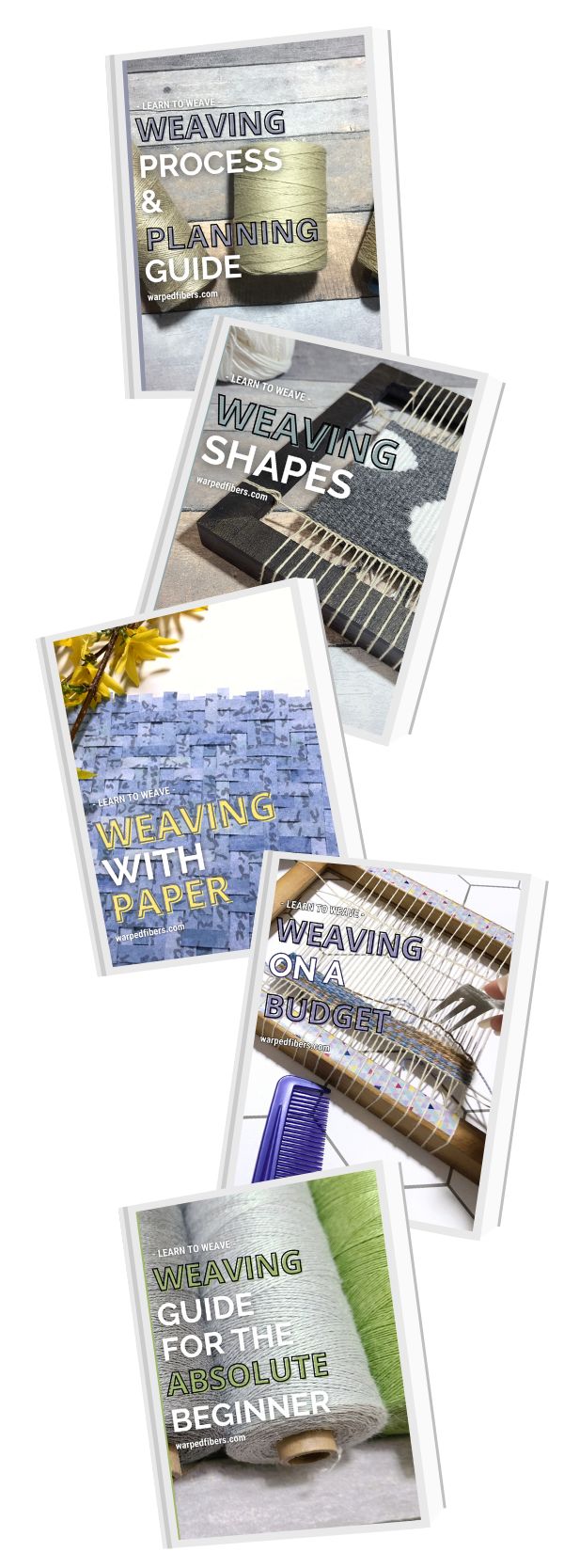
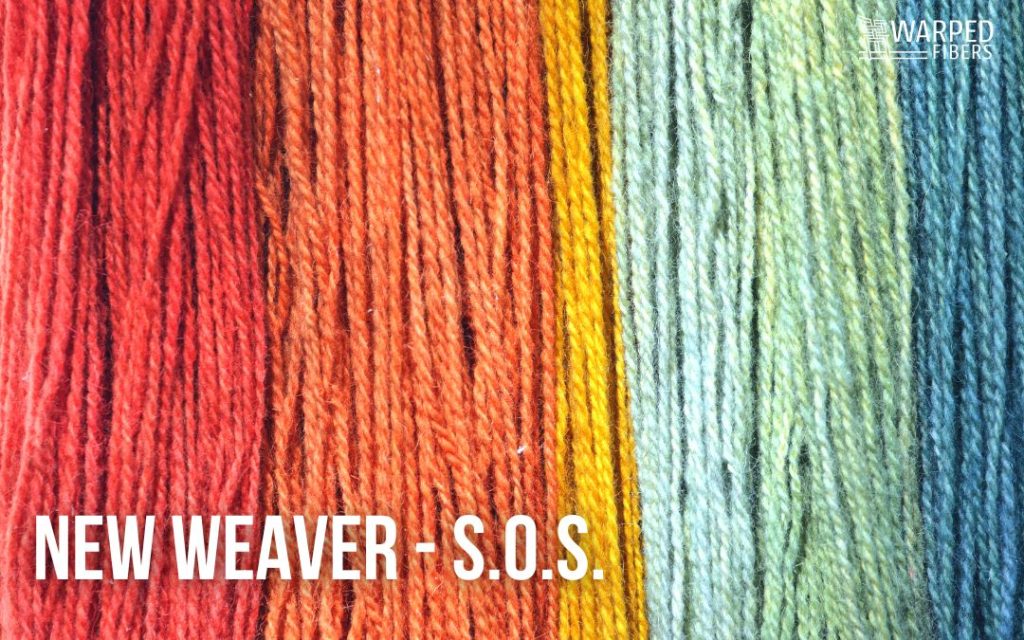

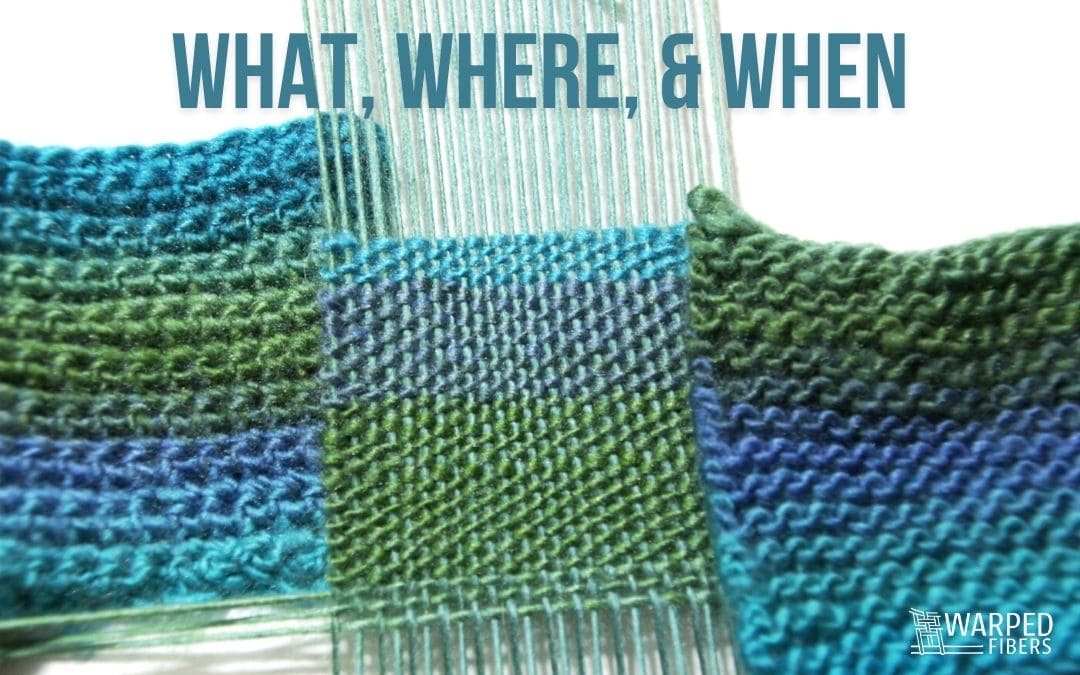

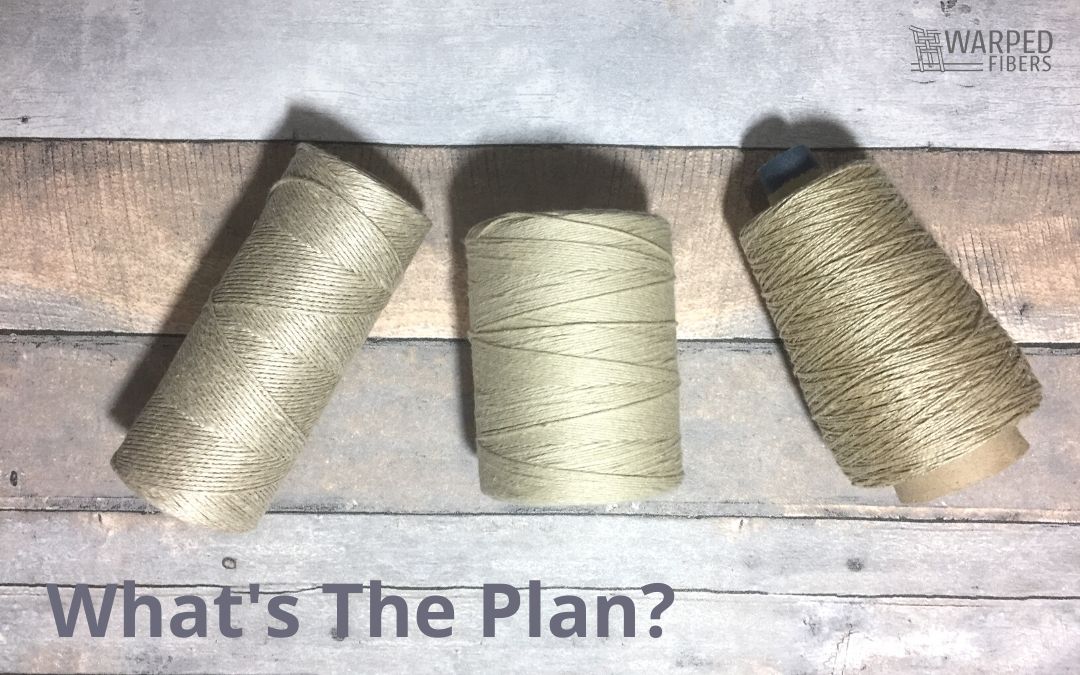

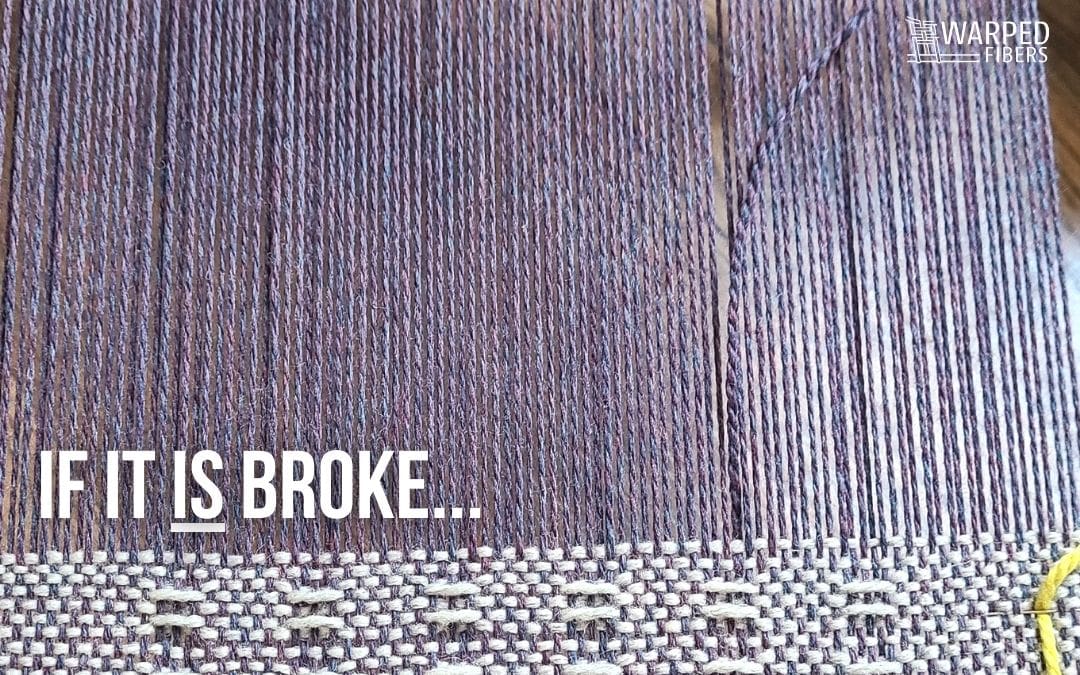

hi Nicole
I followed the link from the new ATA newsletter to your website and am so excited and grateful to see all this wonderful information. Although I have been fascinated by weaving (especially tapestry) for many years, I’ve only been weaving for about 2 years, on a purchased frame loom. With 3 good books as my guides, I’m learning on my own. My goal is to weave larger works of art. I live in Rapidan, Va and am looking into getting broadband so that online courses are possible.
Thank you!!!!
I am so glad to have you here! Welcome to the Warped community and good luck getting broadband 🙂